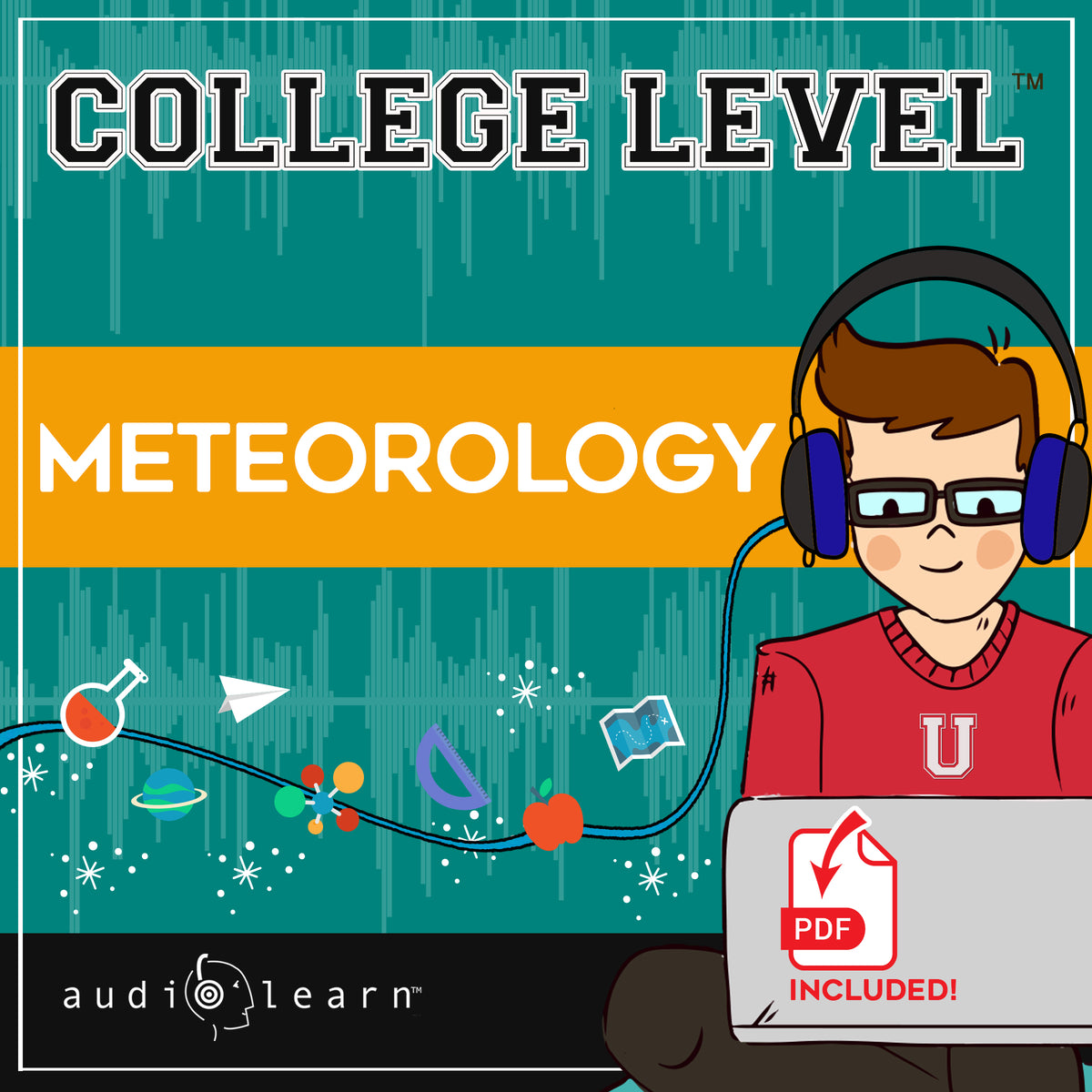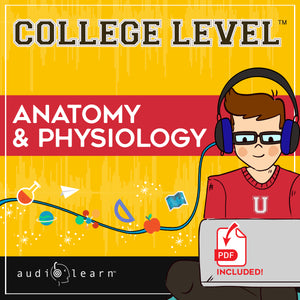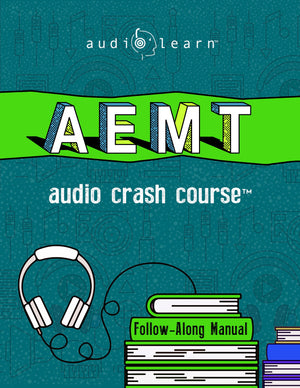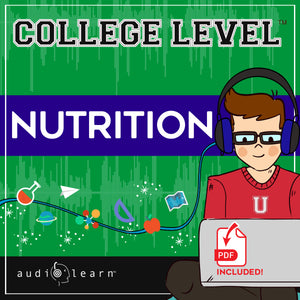You have no items in your shopping cart.


 2 Hrs, 12 Mins
2 Hrs, 12 Mins
College Level Meteorology
Overview: Complete Test Prep and Review for the College Level Meteorology
- High Yield College Level Meteorology Test Prep and Review
- Accurate, Up-to-date, and Broken Down into Bite-size Chapters
- Hundreds of Test Questions
- Access on desktop or any mobile device
- Downloadable PDFs and MP3
AudioLearn’s College Level Courses presents Meteorology.
Developed by experi. . .
Read More

 2 Hrs, 12 Mins
2 Hrs, 12 Mins
Detail description
AudioLearn’s College Level Courses presents Meteorology.
Developed by experienced professors and professionally narrated for easy listening, this course is a great way to explore the subject of meteorology. The audio is focused and high-yield, covering the most important topi. . .
AudioLearn’s College Level Courses presents Meteorology.
Developed by experienced professors and professionally narrated for easy listening, this course is a great way to explore the subject of meteorology. The audio is focused and high-yield, covering the most important topics you might expect to learn in a typical undergraduate course in Meteorology. The material is accurate, up-to-date, and broken down into bite-sized sections. There are quizzes and key takeaways following each section to review questions commonly tested and drive home key points.
Here are the main topics we’ll be covering:
- Understanding the Earth's atmosphere
- Cooling and warming the Earth
- Daily fluctuations in temperature
- Humidity, clouds, and condensation
- Cloud formation and how precipitation happens
- Air pressure and how wind forms
- Circulation in the atmosphere
- Air masses, fronts, and middle-latitude cyclone
- Weather forecasting
- Thunderstorms and tornadoes
- Hurricanes and other tropical weather phenomena
- Our global climate
- Air pollution
- Atmospheric optics and how they affect the sky
We will conclude the course with a 200-question practice test. Also included is a follow-along PDF manual containing the entire text of this audio course as well as all images, figures, and charts we’ll be discussing.
Now, let’s get started!






























